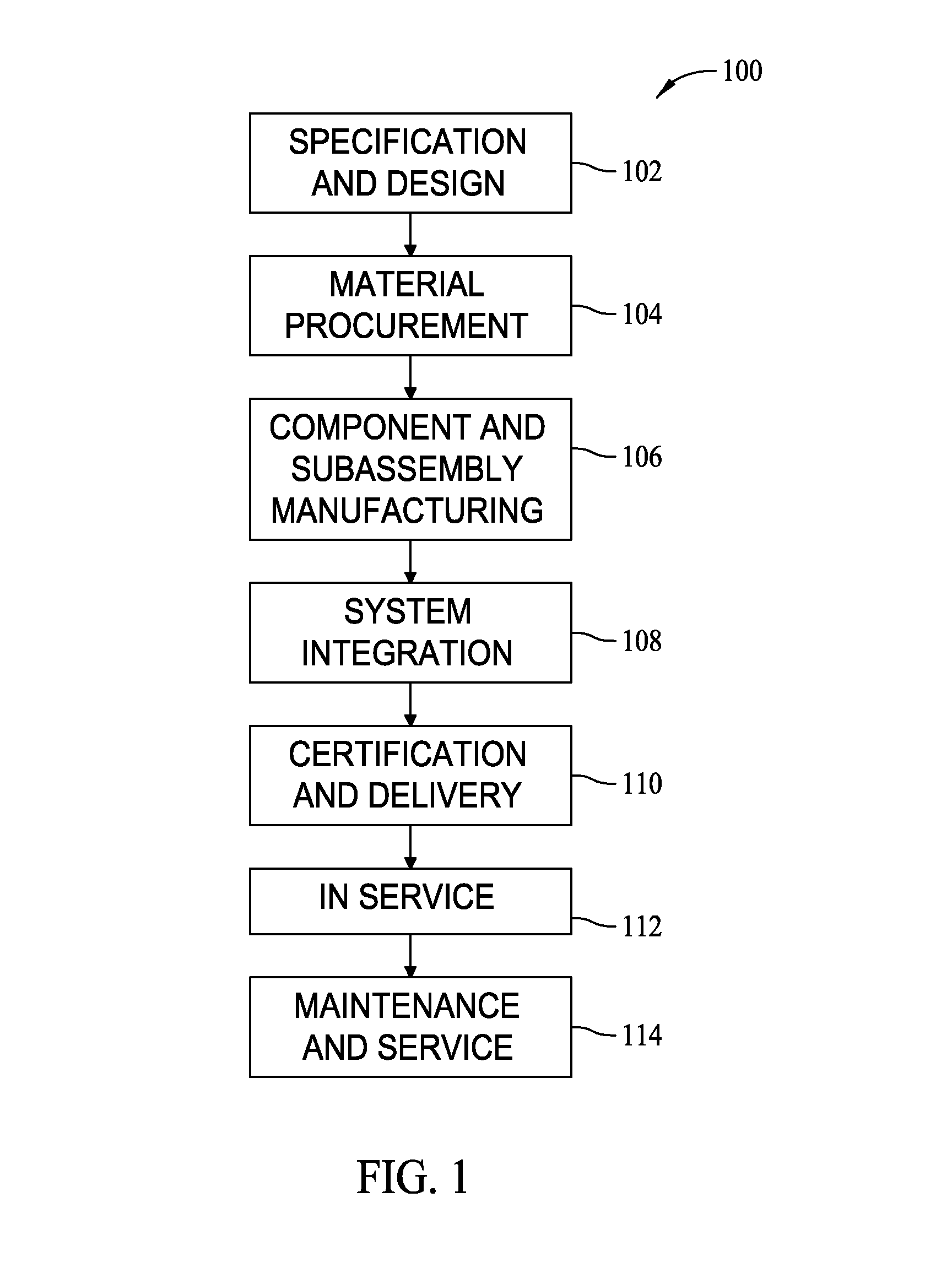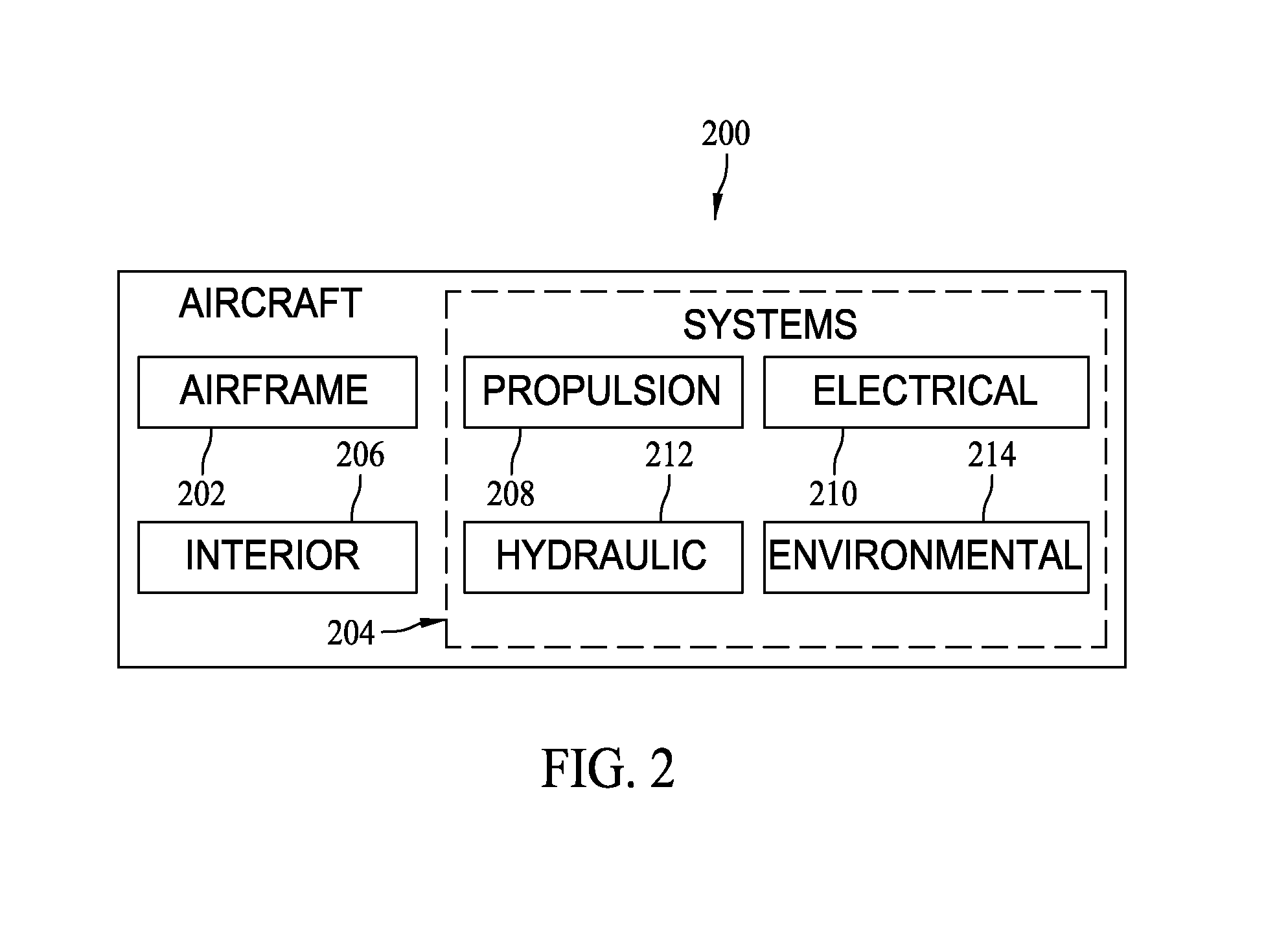Methods and systems for locating visible differences on an object
a technology of visible differences and methods, applied in the field of methods and systems for locating visible differences on objects, can solve the problems of difficult to measure the precise location in the desired coordinate system, difficult to get accurate measurements of aircraft locations defined in aircraft coordinates, and laborious tasks
- Summary
- Abstract
- Description
- Claims
- Application Information
AI Technical Summary
Benefits of technology
Problems solved by technology
Method used
Image
Examples
Embodiment Construction
[0017]The described embodiments are related to methods and systems for automatically detecting visible areas of change (such as damage) on the surface of a target object (such as an aircraft), and then automatically measuring the locations of these areas in the local coordinate system of the target object.
[0018]As further described herein, the system uses a sequence of image pairs collected by a digital camera associated with a local positioning system (LPS), along with image change detection software, to determine the two dimensional pixel locations in the image of areas of interest. The two dimensional data is then utilized to direct the LPS unit to take measurements and compute the three dimensional positions of those areas of interest expressed in the coordinate system of the target object. To accomplish the above, the LPS is modified to automate the image collection, analysis, and conversion into three dimensional target coordinates. Such processes are described herein where, w...
PUM
 Login to View More
Login to View More Abstract
Description
Claims
Application Information
 Login to View More
Login to View More - R&D
- Intellectual Property
- Life Sciences
- Materials
- Tech Scout
- Unparalleled Data Quality
- Higher Quality Content
- 60% Fewer Hallucinations
Browse by: Latest US Patents, China's latest patents, Technical Efficacy Thesaurus, Application Domain, Technology Topic, Popular Technical Reports.
© 2025 PatSnap. All rights reserved.Legal|Privacy policy|Modern Slavery Act Transparency Statement|Sitemap|About US| Contact US: help@patsnap.com



